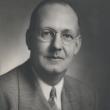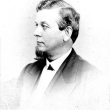Meet the 11 men with Midcoast ties who served as governor
 Eventual-Governor Charles Wilbert Snow and the boys, 1932. Original Spruce Head Bridge is on the left. (Photo courtesy Jacob Snow)
Eventual-Governor Charles Wilbert Snow and the boys, 1932. Original Spruce Head Bridge is on the left. (Photo courtesy Jacob Snow)
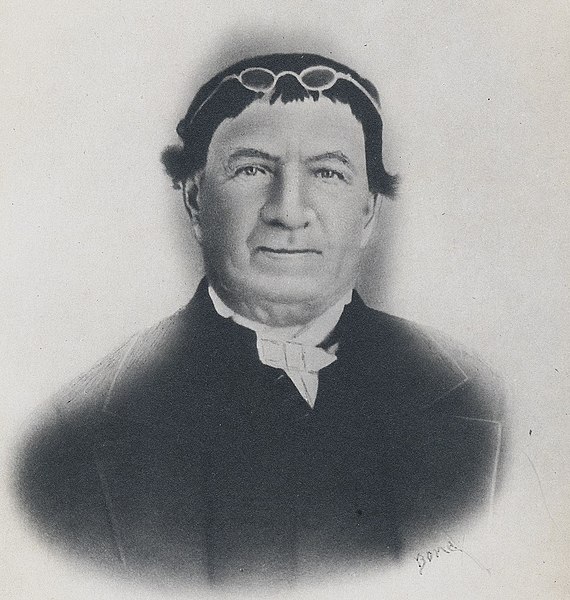 Governor Joshua Hall.
Governor Joshua Hall.
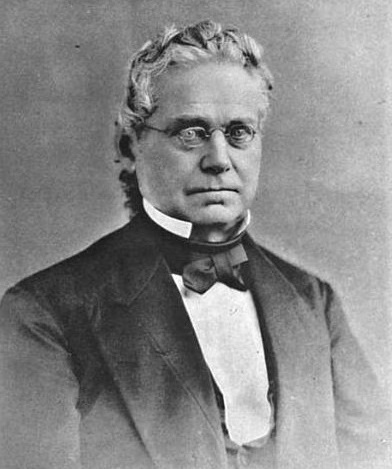 Governor William Crosby.
Governor William Crosby.
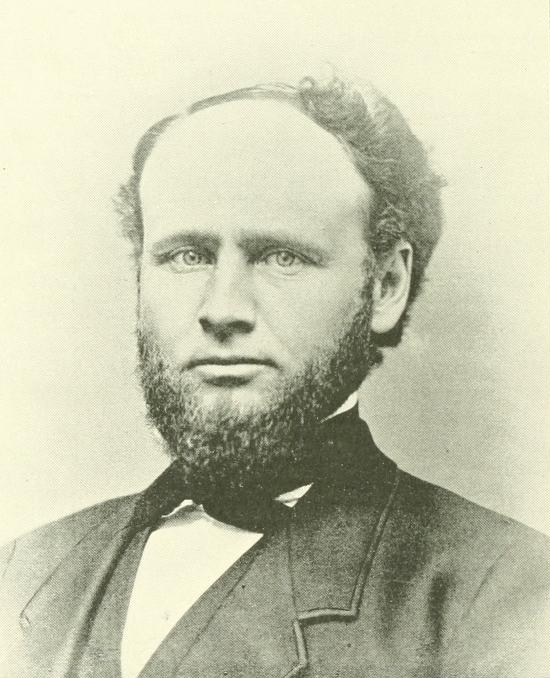 Governor Daniel Davis.
Governor Daniel Davis.
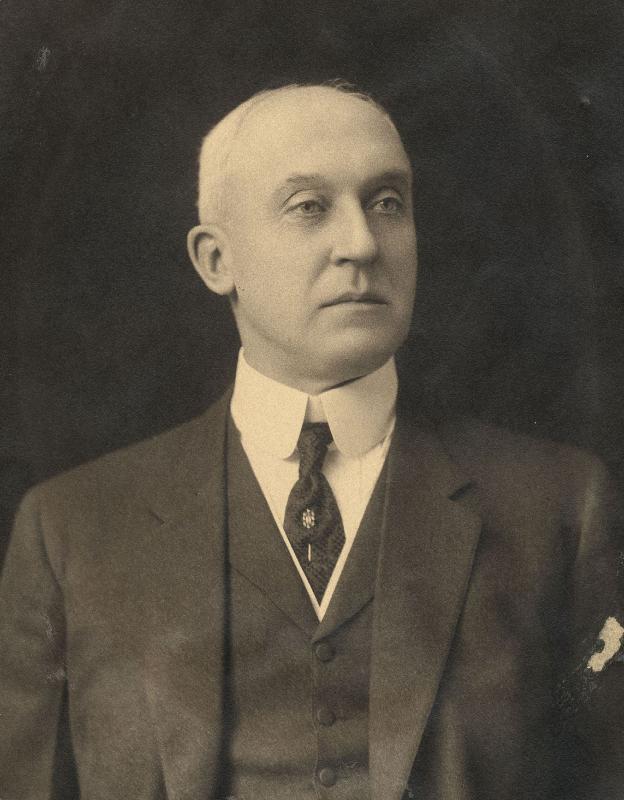 Governor William Cobb.
Governor William Cobb.
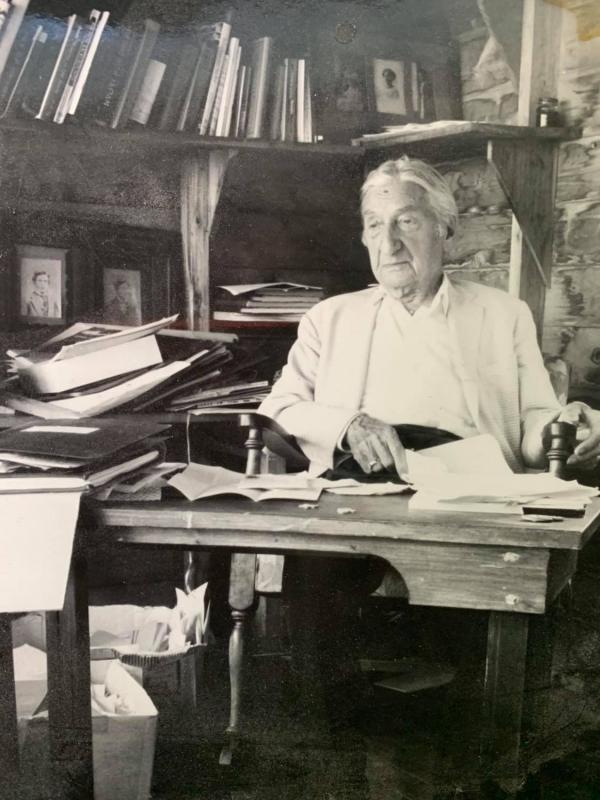 Governor Charles Wilbert Snow, in his writing shack, on Spruce Head. (Photo courtesy Jacob Snow)
Governor Charles Wilbert Snow, in his writing shack, on Spruce Head. (Photo courtesy Jacob Snow)
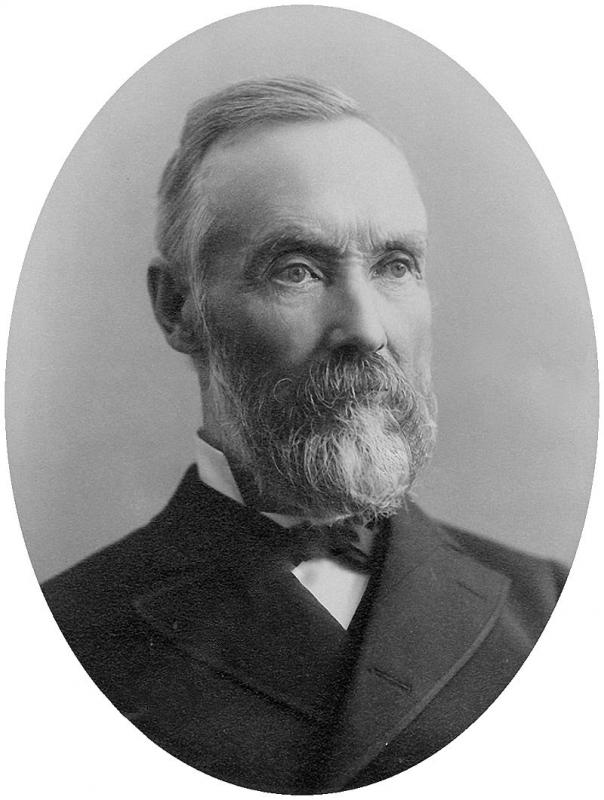 Governor Sebastian Streeter.
Governor Sebastian Streeter.
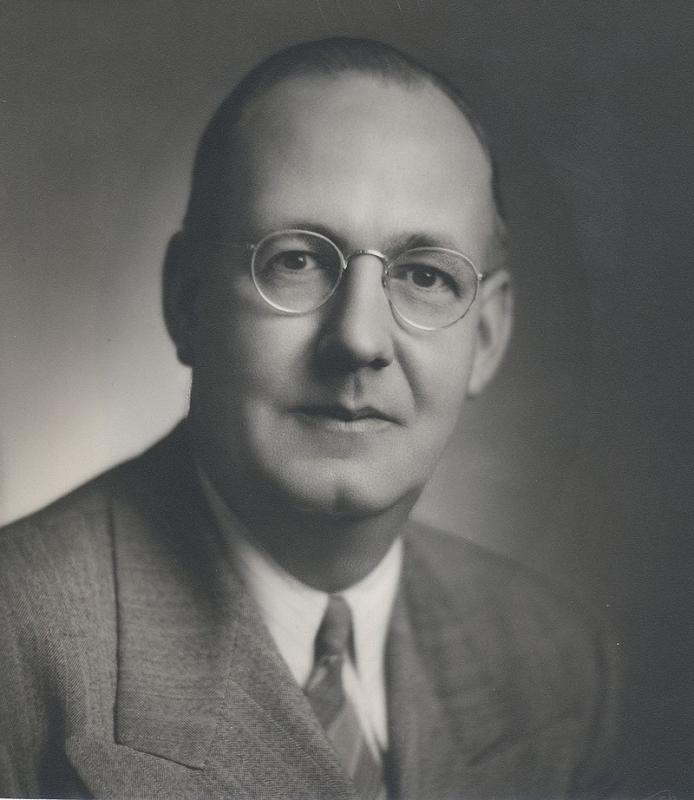 Governor Frederick Payne.
Governor Frederick Payne.
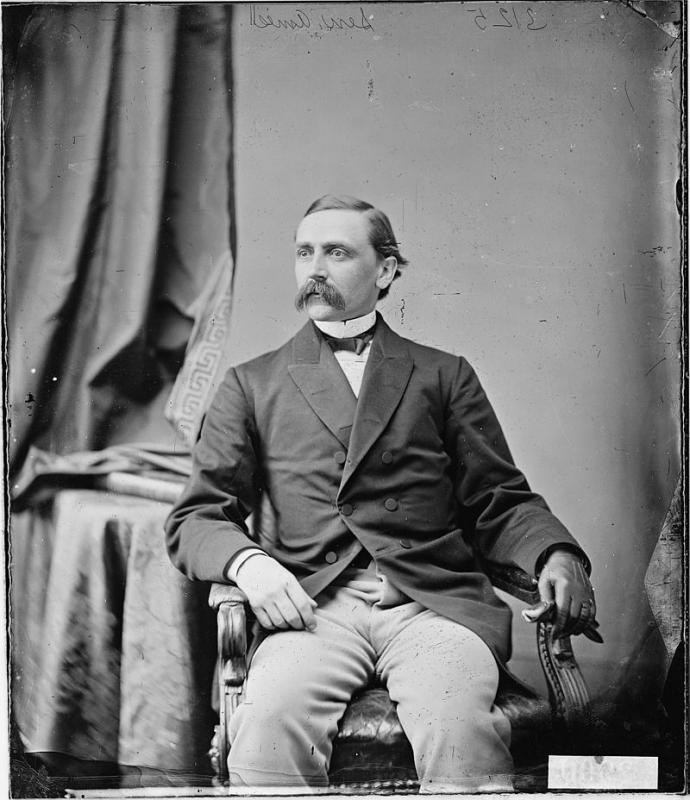 Governor Adelbert Ames.
Governor Adelbert Ames.
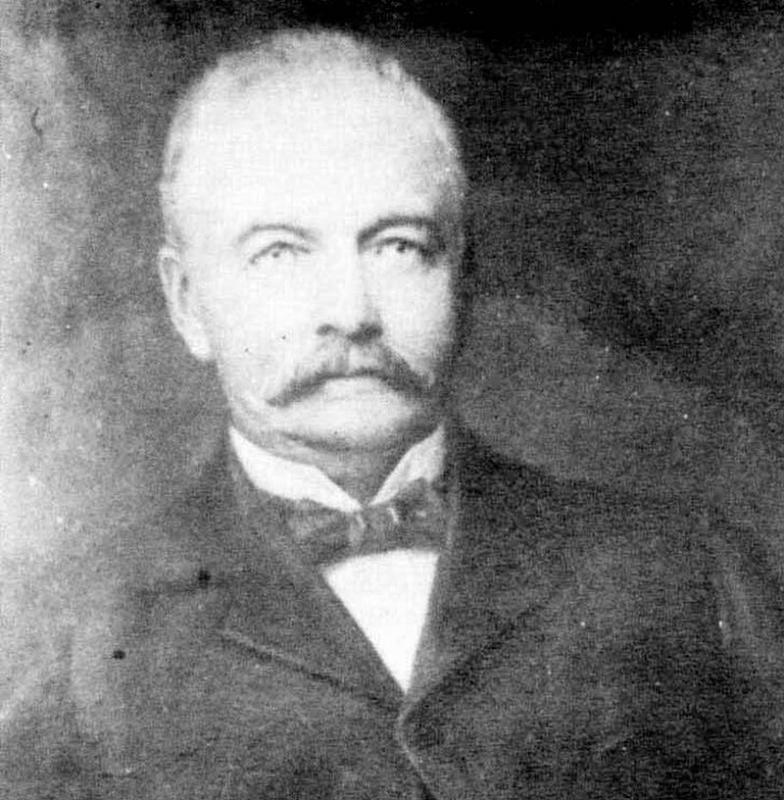 Governor Rosewll Colcord.
Governor Rosewll Colcord.
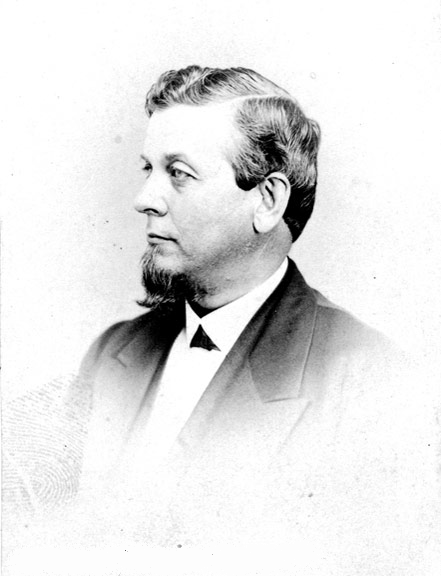 Governor Frederick Low.
Governor Frederick Low.
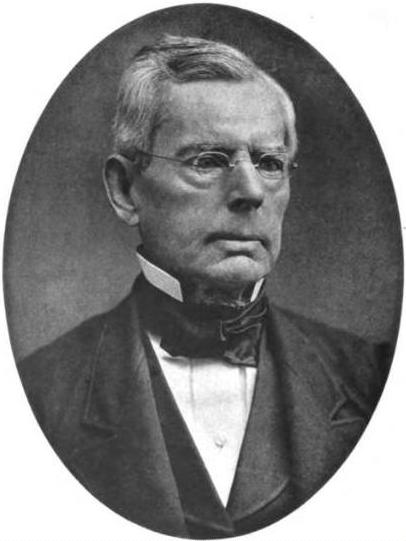 Governor Hugh Anderson.
Governor Hugh Anderson.
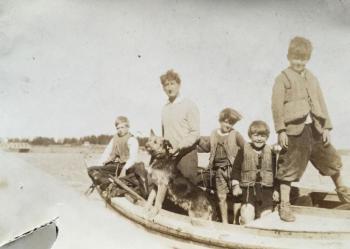 Eventual-Governor Charles Wilbert Snow and the boys, 1932. Original Spruce Head Bridge is on the left. (Photo courtesy Jacob Snow)
Eventual-Governor Charles Wilbert Snow and the boys, 1932. Original Spruce Head Bridge is on the left. (Photo courtesy Jacob Snow)
 Governor Joshua Hall.
Governor Joshua Hall.
 Governor William Crosby.
Governor William Crosby.
 Governor Daniel Davis.
Governor Daniel Davis.
 Governor William Cobb.
Governor William Cobb.
 Governor Charles Wilbert Snow, in his writing shack, on Spruce Head. (Photo courtesy Jacob Snow)
Governor Charles Wilbert Snow, in his writing shack, on Spruce Head. (Photo courtesy Jacob Snow)
 Governor Sebastian Streeter.
Governor Sebastian Streeter.
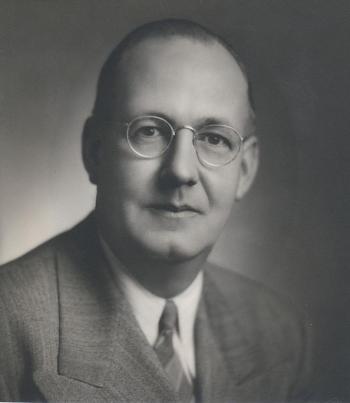 Governor Frederick Payne.
Governor Frederick Payne.
 Governor Adelbert Ames.
Governor Adelbert Ames.
 Governor Rosewll Colcord.
Governor Rosewll Colcord.
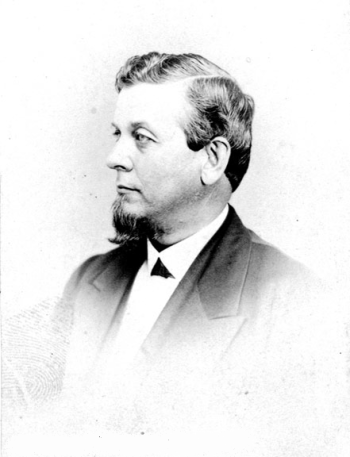 Governor Frederick Low.
Governor Frederick Low.
 Governor Hugh Anderson.
Governor Hugh Anderson.
Over the course of Maine statehood, 11 governors with strong ties to the Midcoast stepped forward to run for office. (Other governors had ties to the area after holding office and are not counted among the list for the purpose of this story.)
Seven of those governors served their native home state while four of the 11 held a state’s highest office in other states across the country.
Frankfort resident Joshua Hall, a Methodist minister, was elected to the Maine Senate in 1830. After becoming president of the Maine Senate’s, Hall briefly served as the state’s governor for a mere 34 days after the state’s highest court had ruled that then Gov. Nathan Cutler could not continue to serve as acting governor following the expiration of Cutler’s Senate term. Cutler was filling the gubernatorial role after Governor Enoch Lincoln died in office. Hall served until the inauguration of his successor and returned to the ministry thereafter.
Hugh Anderson, a Wiscasset native who later moved to Belfast, became Maine’s 20th governor in January 1844 and served until May 1847. In addition to his time as governor, he served two terms as a member of the United States Congress and worked extensively for the U.S. Department of Treasury.
Belfast native William Crosby, who was actually born in Belfast when it belonged to Massachusetts, served a pair of single-year gubernatorial terms from January 1853 to January 1855 as Maine’s 23rd governor. After briefly practicing as a lawyer in Boston, he returned to Belfast and would become the inaugural secretary for the Maine Board of Education in 1846, a role he held for three years.
He initially ran for governor in 1850 and later successfully won the gubernatorial elections of 1852 and 1853. Though he served as Maine’s governor, he did not receive the majority of the votes; neither of the three candidates (Crosby ran both times as a member of the Whig Party) achieved a majority. With no candidate receiving a majority of the votes, the Legislature selected who should hold the state’s highest political office. The former William G. Crosby High School, which was later a middle school, in Belfast was named after him.
Daniel Davis, a Freedom native, was Maine’s 37th governor from January 1880 to January 1881. After serving four years as a representative and four years as a state senator, Davis sought the position of governor in 1879. After none of the candidates received a majority of votes, the Legislature appointed Davis to the office.
Sebastian Marble was born in Dixfield when it belonged to Massachusetts and later moved to Waldoboro to practice law. He held several government positions before serving three terms as a state senator. Following the death of Governor Joseph Bodwell, who held the office for less than a year, Marble became the state’s 41st governor in December 1887 since he was president of the state senate at the time of Bodwell’s passing. Marble held the office until January 1889. Following the end of his gubernatorial stint, Bodwell served as a Waldoboro select board chairman and school board member.
Rockland native William Cobb became the 46th Governor of Maine in January 1905 and held the office until January 1909, courtesy of a reelection victory in 1906. During his time as governor, there was much support for harsher Prohibition laws, railroad growth and meat inspection laws.
Frederick Payne was born in Lewiston and served as Augusta’s mayor from 1935 to 1941. After serving three years in the U.S. Air Force during World War II, Payne returned to Maine and resided in Waldoboro for four years while working as a business manager of the Waldoboro Garage Company. Payne left Waldoboro after four years to serve as the state’s 60th governor from January 1949 to December 1952. After his time as governor, he served in the U.S. Senate from January 1953 to January 1959.
Charles Wilbert Snow — many times better known as Wilbert, Bill, or C. Wilbert — served as Connecticut’s 75th governor for a mere 13 days in 1946 and 1947. A native of St. George’s White Head Island, he lost a bid to become a state senator in 1930 and stayed out of statewide politics for 14 years.
Snow was courted by a faction of Connecticut’s Democratic Party leadership in 1944 to run for governor. He attended the state convention under the impression he had a shot at winning only to learn he was being used as leverage with another faction to get a candidate nominated for the U.S. Senate.
During a negotiation, Snow ultimately became the Democratic candidate for lieutenant governor. Though since the governor and lieutenant governor titles were not voted as package deals, the Democrat served as lieutenant governor under a Republican governor for two years. He, again, in 1946, attempted to become the state’s governor but ultimately lost. Snow became governor for 13 days after the sitting governor resigned from office two weeks before the end of his term to fill a vacant U.S. Senate seat.
Despite a desire to use the position as a way to enact legislation regarding education, increased pay for state employees and fair employment laws, Snow was limited to only using his temporary position as a way to express the importance of why those pieces of legislation should become law. Snow made other contributions outside of politics as a poet (who formed a personal relationship with Robert Frost) and an accomplished professor who helped form the Connecticut Association of Boards of Education and Middlesex Community College. He worked briefly for the U.S. State Department and served on the committee creating Connecticut’s Constitution in 1965. The Snow Elementary School in Middletown, Connecticut, is named in his honor.
A native of what was then known as East Thomaston and is now considered Rockland, Adelbert Ames served as the 27th and 30th Governor of Mississippi. He first served as the state’s governor from June 1868 to March 1870 and again from January 1874 to March 1876. His first gubernatorial stint was a provisional role following the resignation of Governor Benjamin Humphreys. In between his stints as governor, Ames served in the U.S. senate. During his second stint in the high office, racial unrest yielded riots and political turmoil. The Democratic legislature brought impeachment charges against several Republicans, including Ames’ lieutenant governor, who was impeached, and against Ames, who made a deal to resign if all charges were dropped.
Roswell Colcord was born in Searsport during the late 1830s and moved to California in the mid 1850s before landing in Nevada in the early 1860s. After working as a mining engineer and attorney, Colcord was elected Nevada’s seventh governor in 1890 and held the office from January 1891 to January 1895. During his tenure as governor, a state board of health was established, the University of Nevada initiated a mechanical engineering department and women’s voting rights were lobbied for.
Born during the late 1820s in what was then known as Frankfort and now is Winterport, Frederick Low grew up in Waldo County for the first two decades of his life. He moved to California in 1849 and worked in the shipping and banking industries. In the early 1860s, he served in the U.S. House of Representatives and became California’s ninth governor in December 1863. As the first governor to be elected to a four-year term, he held his seat until December 1867. In his tenure, Yosemite National Park, the Southern Pacific Railroad and the University of California were established. Though he is credited as the father of the University of California, his successor actually signed the Charter of the University in March 1868.
Event Date
Address
United States




















